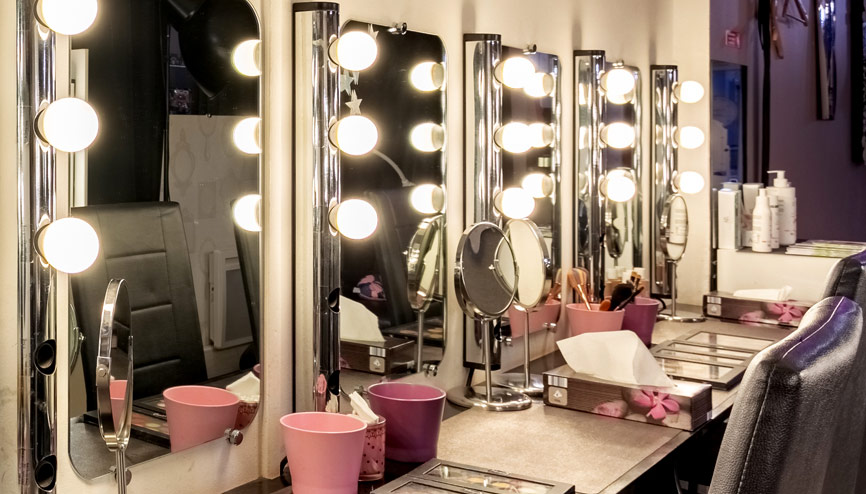Designing a makeup artist’s TV studio requires careful consideration of various elements. This includes lighting, equipment, studio layout, decor, and maintenance. By understanding the significance of each element and implementing them correctly, you can create an environment that is conducive to filming and helps you produce quality content. In this blog post, we will review the key aspects of designing a makeup artist’s TV studio.
Lighting
Lighting is one of the essential elements that make up a makeup artist’s TV studio. The correct lighting ensures that the makeup application looks natural and that the client’s skin tones appear accurate on camera. Depending on the type of makeup application, you might need to use different lighting setups. For example, when working on a natural look, you might need softer lighting, while you would need brighter lighting for a dramatic look.
It would help if you also considered investing in adjustable lighting, such as dimmer switches so that you can control the light’s intensity as needed. This is important because it allows you to modify the lighting throughout the filming process.
Equipment
Regarding equipment, you should invest in high-quality cameras and lenses. This will ensure that your footage is of the highest quality, making the editing process much more manageable. It’s also essential to have various types of microphones, as audio quality is just as important as video quality. You can choose between different microphones, including lavalier, shotgun, and condenser.
Other essential equipment includes tripods, reflectors, and diffusers. Tripods are necessary to keep the camera steady, while reflectors and diffusers can help control lighting and shadows.
Studio Layout
The layout of your makeup artist’s TV studio is also important. It should be designed to accommodate the various stages of filming, including the prep stage, filming stage, and post-production. Your layout should also be versatile enough to accommodate different types of sets and equipment.
The most common types of studio layouts include a single room, a divided room, and an open space. A single room is ideal if you only need a small space for filming, while a divided room offers more space for multiple sets. An open space layout provides more versatility for filming and sets, but it can also make it more difficult to control lighting and sound.
Decor
The decor of your makeup artist TV studio should be visually appealing and complement the type of content you are producing. The set design should be easy on the eyes and not distract the viewer from the makeup application. You can choose from various backdrops and set pieces, such as minimalist backgrounds or textured walls.
It’s also important to create a comfortable environment for your clients so they feel relaxed and at ease. This could include comfortable chairs and other seating arrangements, as well as pleasant aromas and music to create a relaxing atmosphere.
Maintenance
Finally, maintaining your makeup artist TV studio is crucial to ensure it remains in top condition. Regular maintenance will help you identify and address any problems before they become significant. This includes regularly cleaning equipment and sets, replacing light bulbs, and updating the software on cameras and other devices.
If you’re unfamiliar with maintaining equipment, you can hire professionals to help with regular maintenance and updates. This can help you save time and money in the long run.
Conclusion
Designing a makeup artist’s TV studio can be challenging. Still, by considering each of the elements mentioned above, you can create a space that is functional, visually appealing, and conducive to creating quality content. When planning your studio, think about the type of content you will produce and the audience you want to target. This will help you create a space tailored to your needs and goals. Remember, quality equipment and lighting are key to producing high-quality footage. Additionally, your studio layout and decor should be designed to accommodate your needs

